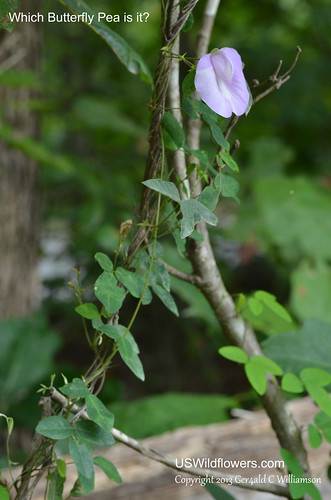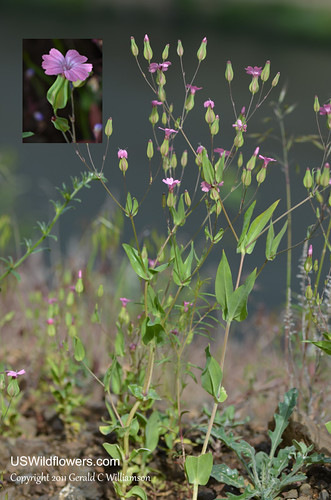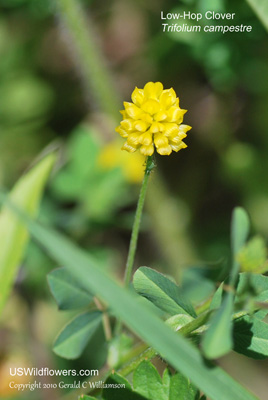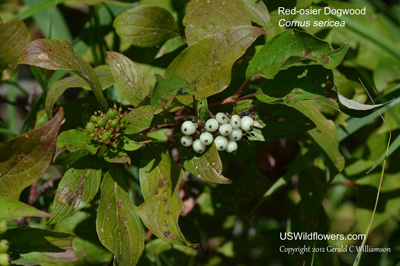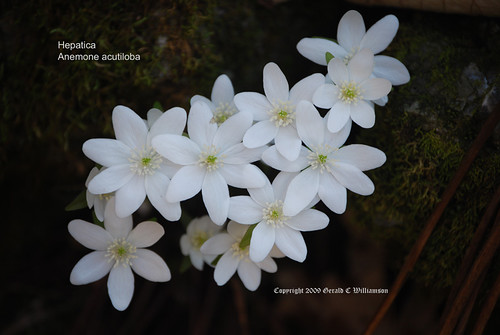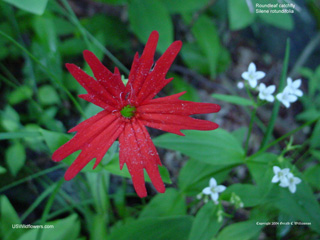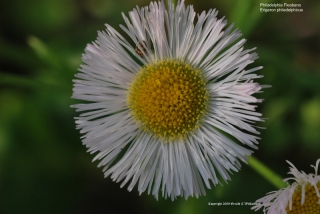My favorite wildflower identification reference is Wildflowers of Tennessee, the Ohio Valley, and the Southern Appalachians. My copy is falling apart (it held up well to the use / abuse I put it through over the years), and I had decided to get a new copy last year, only to discover it was out of print. It was out of print for about a year, with a reprint in the offing. The reprint came out a month or so ago, but was available only at a few locations (maybe only online at the publisher’s website.) I was pretty happy to discover over the weekend that it is now available again on Amazon; I’ve ordered my replacement copy.


